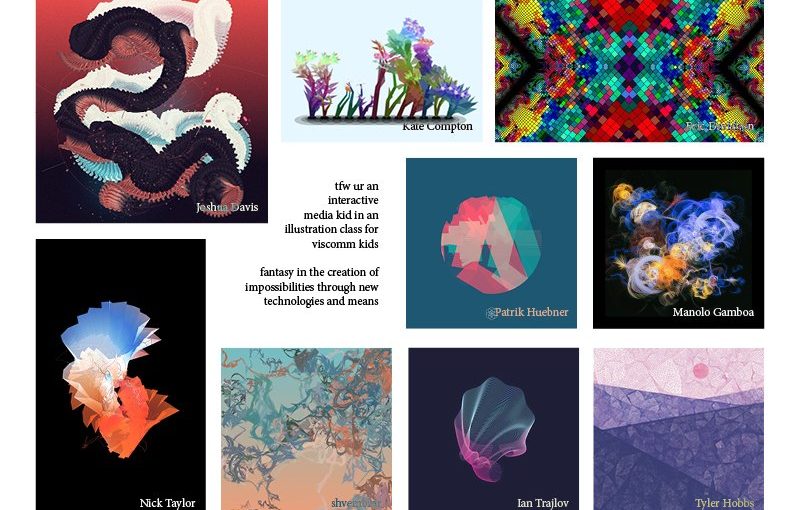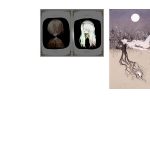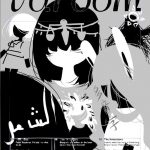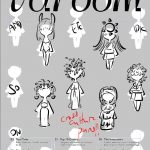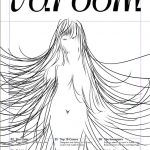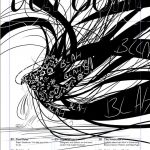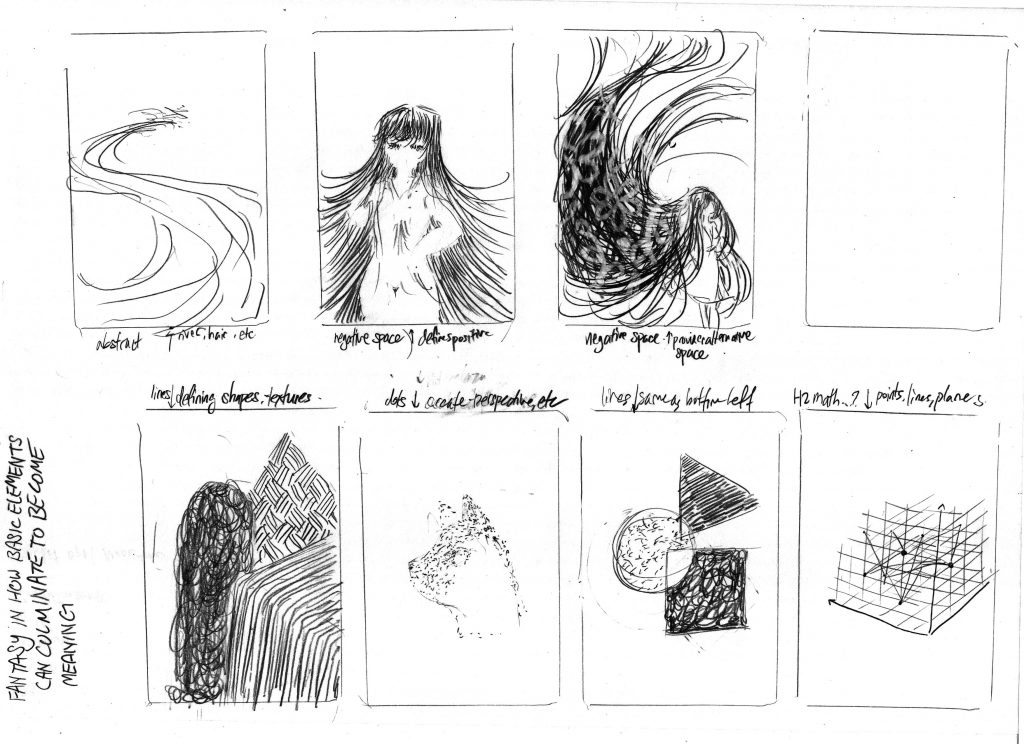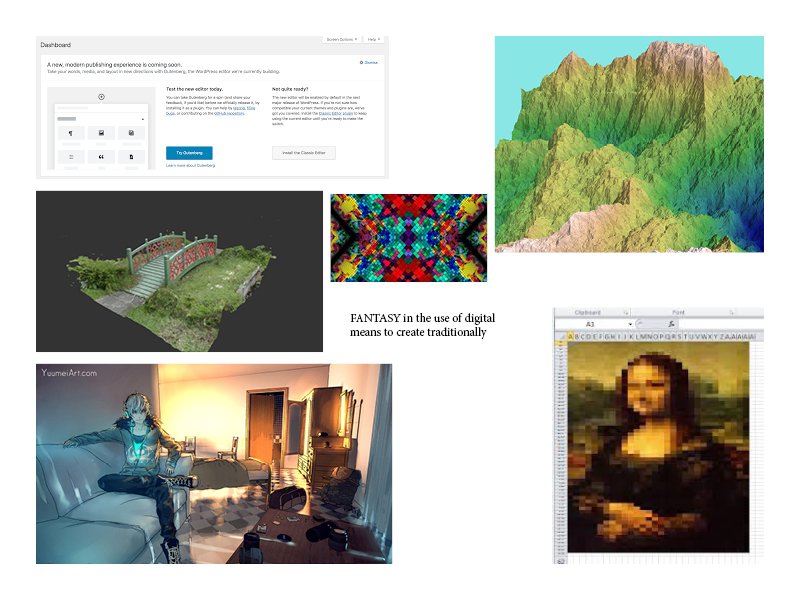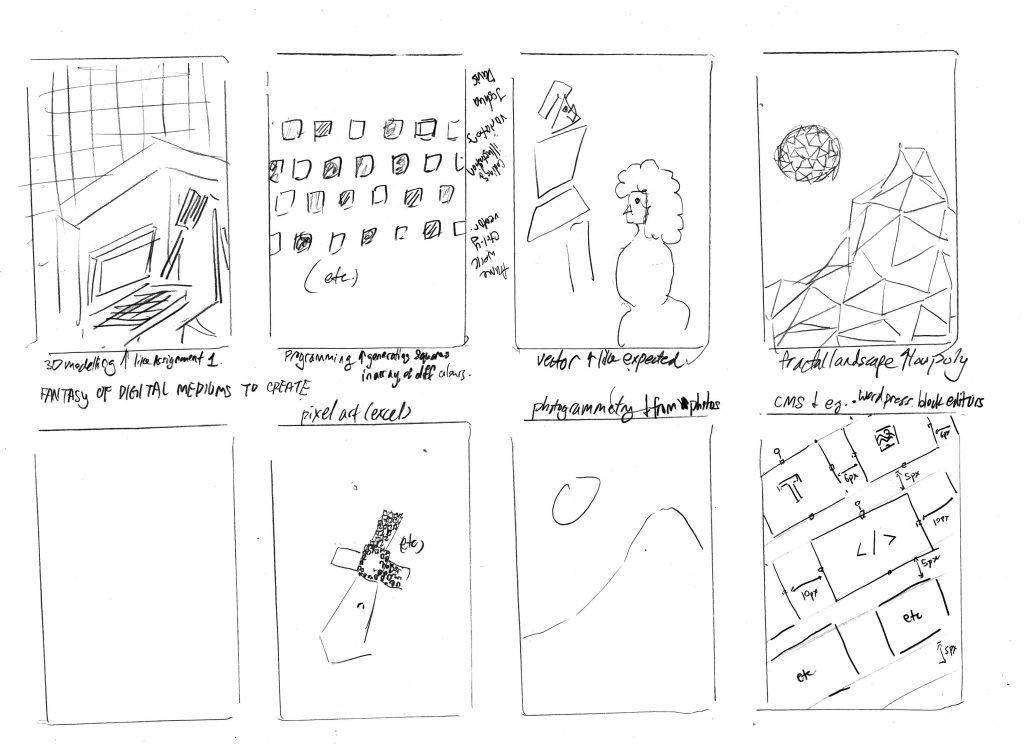I took a slightly different approach, starting with concepts than visuals, since my forte is in critical analysis. Here are examples of the numerous false starts I had when I tried to subvert my typical way of project development:
After which, I tried to take into consideration what is required of a cover illustration for Varoom.
- It must be something accessible, where Varoom isn’t meant to be a culture- and/or country-exclusive magazine,
- It should provide critical new insights into the discipline of illustration, where that’s what the magazine is about,
- It shouldn’t be focused on a specific topic or subject, where it’s a cover image, not an article-based image
Since I chose the topic of Fantasy, I thought about what Fantasy would mean to all illustrators. Where fantasy refers to the “imagining of impossibilities”, the conclusions I came up with were these:
- Fantasy in how basic elements come together to create complex forms
- In other words, how dots, lines, and planes come together to create illustrations which look like more than the sum of its parts
- Fantasy in how impossible forms can be created through new technologies and means
- In other words, how computer-based generation can create illustrations which would be tedious and/or impossible by hand
While I sketched thumbnails for both, I fully intend to go for the latter. This is because the former may be an insight into illustration, but it’s nothing new: we’ve long established the benefits of those basic elements. Computer generation, on the other hand, is definitely something new to the industry, and thus provides a fresher insight.
Based on that, Lisa also suggested the works of Joshua Davis, a generative illustrator. So, here’s my finalised moodboard:
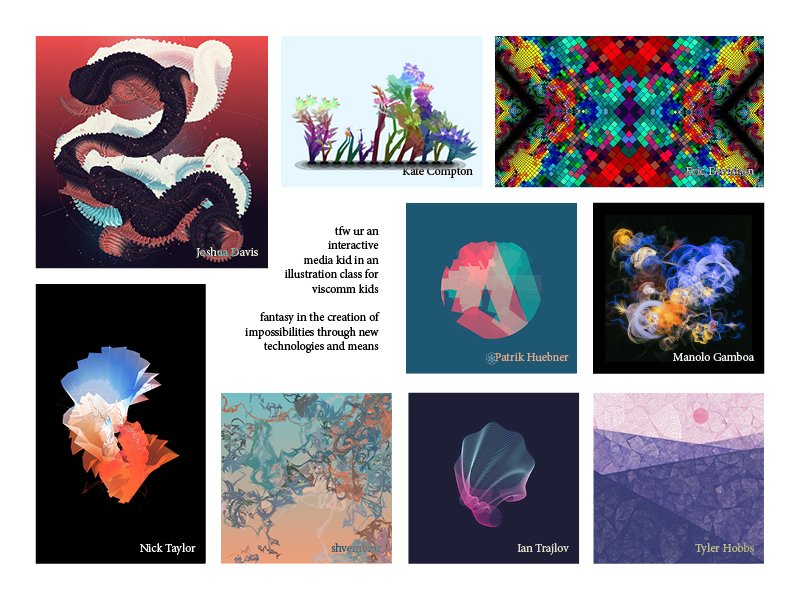
I note that it may be difficult to do pencil compositions for a generative illustration. After all, the point of generative illustration is that it’s randomised. For now, I’ll look more into generating illustrations: depending on what I leave to the computer to randomise, there may be things which remain constant, which can be presented in a pencil composition.
Alternatively, it may even be more worthwhile to create a prototype directly in code.
References
